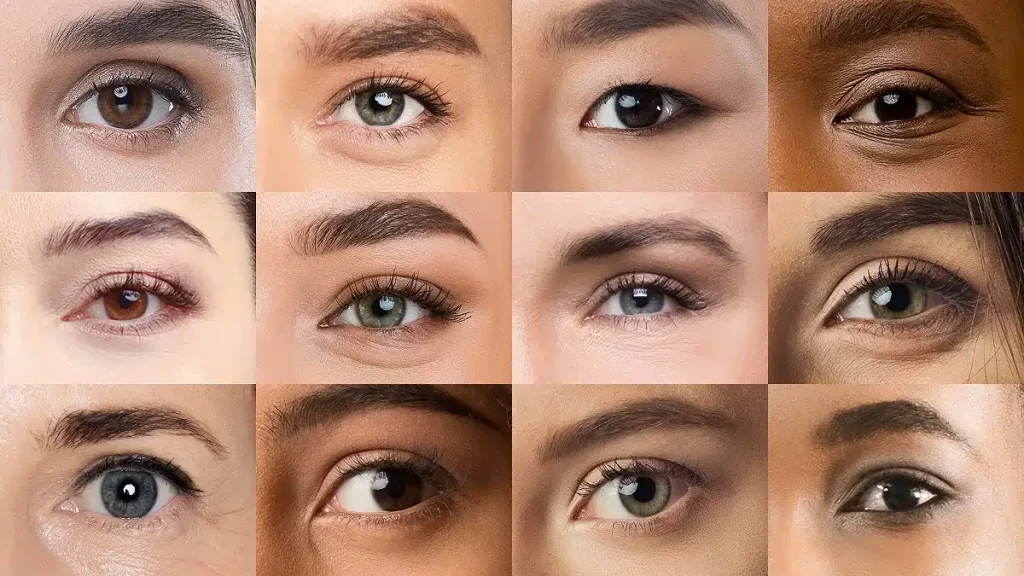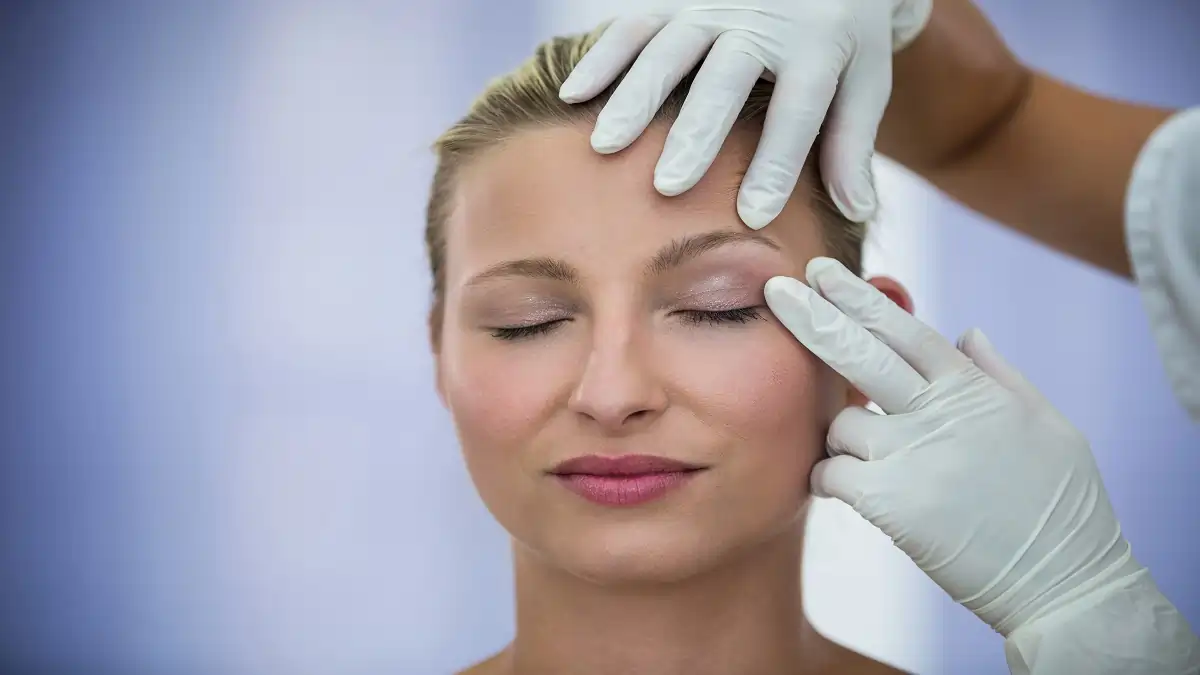Laser-Assisted Eyelid Surgery
What Is Laser Assisted Eyelid Surgery? Laser-assisted eyelid surgery, also known as laser blepharoplasty, is a revolutionary technique that involves using a CO2 laser to enhance traditional blepharoplasty procedures. This innovative approach offers several benefits over the traditional method, making it a popular choice among patients. CO2 lasers are commonly used in laser-assisted eyelid surgery […]








